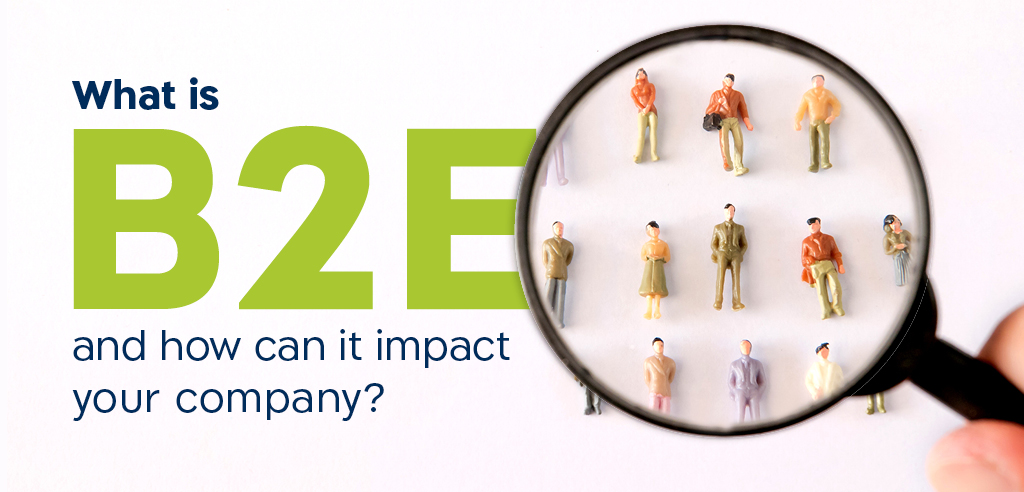Guy Toledano

Guy Toledano Recent Posts
What is Business to Employee (B2E) and how can it impact your company?
By
Guy Toledano
, 01/10/2023
Business-to-Employee, or B2E, refers to the strategies and technologies that companies use to support and engage their employees. B2E covers everything from attracting, recruiting, training, and onboarding employees, to providing self-service solutions and individualized access to essential tools or software.
min read
Business-to-Employee, or B2E, refers to the strategies and technologies that companies use to support and engage their employees. B2E covers everything from attracting, recruiting, training, and onboarding employees, to providing self-service solutions and individualized access to essential tools or software. While traditional e-commerce models such as business-to-business (B2B) and business-to-consumer (B2C) focus on sales and customer interactions, B2E focuses on providing internal support systems, resources, and tools to employees.
One of the main goals of B2E is to improve employee satisfaction and retention. When employees are disengaged or unhappy with their work environment, it can lead to lower morale and higher turnover rates, which can be costly and disruptive to a company's operations. By providing employees with the resources and tools they need to succeed, and creating a positive work culture, companies can improve retention and attract top talent.
A B2E portal is a central hub that provides employees with easy access to company-specific information and resources. This can include company news, calendars, software solutions, and employee-defined documents. The portal is often customizable, allowing employees to personalize their experience and access the information and resources that are most relevant to them.
One example of a B2E portal is an online service company management platform that allows employees to easily access information about their services or customers, as well as submit supply requests and manage their work schedule. B2E portal should also provide employees with access to company announcements, training resources, and tools for collaboration and communication.
 B2E strategies can also be used to support specific departments or teams within a company, such as sales teams that need flexible access to customer information and sales tools. For example, a B2E portal might include a CRM system that allows sales reps to easily access customer data, create and track leads, and manage their sales pipeline.
There are many benefits to implementing a B2E strategy, including improved communication and collaboration, increased efficiency and productivity, and cost savings. By providing employees with the tools and resources they need to succeed, companies can create a more engaged and motivated workforce that is better equipped to meet the challenges of today's business environment.
Have a question? Want to learn more? Don’t hesitate to reach out!
B2E strategies can also be used to support specific departments or teams within a company, such as sales teams that need flexible access to customer information and sales tools. For example, a B2E portal might include a CRM system that allows sales reps to easily access customer data, create and track leads, and manage their sales pipeline.
There are many benefits to implementing a B2E strategy, including improved communication and collaboration, increased efficiency and productivity, and cost savings. By providing employees with the tools and resources they need to succeed, companies can create a more engaged and motivated workforce that is better equipped to meet the challenges of today's business environment.
Have a question? Want to learn more? Don’t hesitate to reach out!




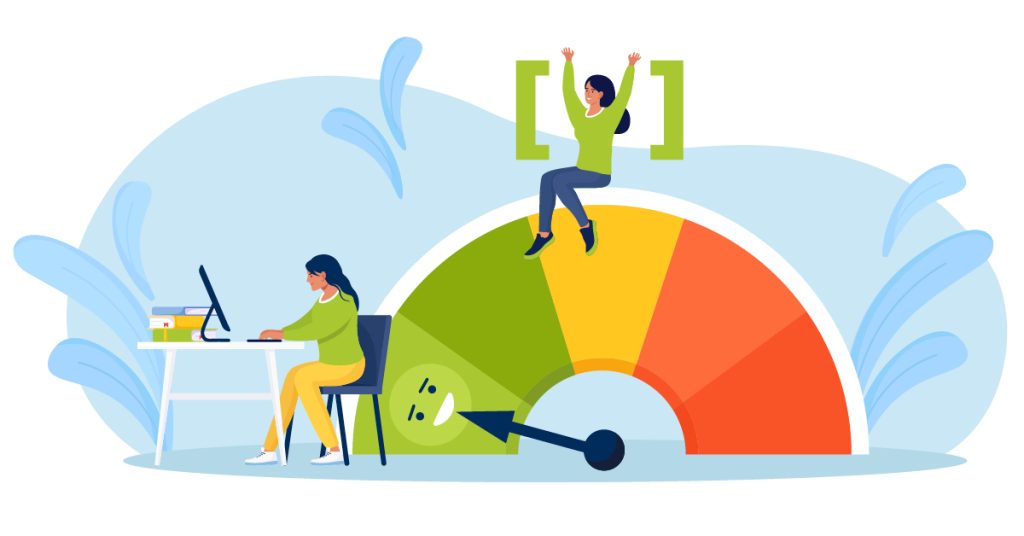 B2E strategies can also be used to support specific departments or teams within a company, such as sales teams that need flexible access to customer information and sales tools. For example, a B2E portal might include a CRM system that allows sales reps to easily access customer data, create and track leads, and manage their sales pipeline.
There are many benefits to implementing a B2E strategy, including improved communication and collaboration, increased efficiency and productivity, and cost savings. By providing employees with the tools and resources they need to succeed, companies can create a more engaged and motivated workforce that is better equipped to meet the challenges of today's business environment.
Have a question? Want to learn more? Don’t hesitate to reach out!
B2E strategies can also be used to support specific departments or teams within a company, such as sales teams that need flexible access to customer information and sales tools. For example, a B2E portal might include a CRM system that allows sales reps to easily access customer data, create and track leads, and manage their sales pipeline.
There are many benefits to implementing a B2E strategy, including improved communication and collaboration, increased efficiency and productivity, and cost savings. By providing employees with the tools and resources they need to succeed, companies can create a more engaged and motivated workforce that is better equipped to meet the challenges of today's business environment.
Have a question? Want to learn more? Don’t hesitate to reach out!

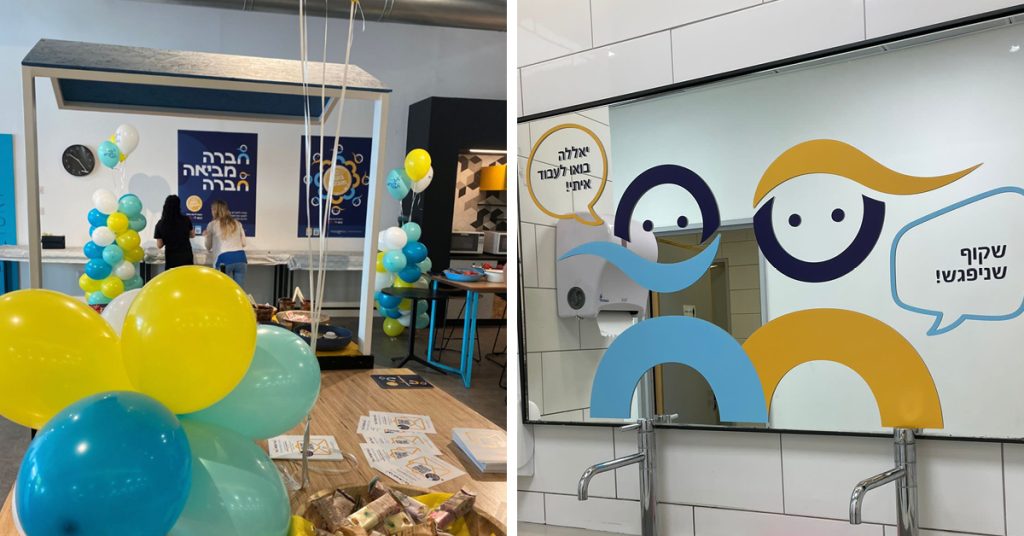
Maytronics - OZ Global B2B
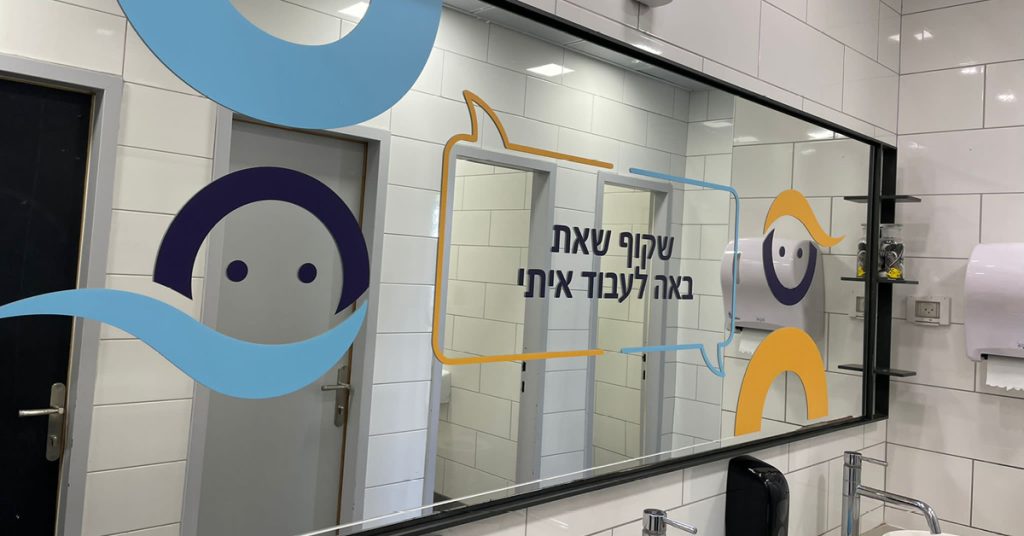

Account Based Marketing (ABM) Vs. Lead Generation
By
Guy Toledano
, 17/08/2023
Are you struggling to decide between account-based marketing (ABM) and Lead Generation for your business? In this blog, we explore the key differences between the two strategies and how they can be used together to achieve optimal results. From understanding the benefits of demand generation to utilizing ABM for "land and expand" tactics. This guide provides valuable insights for marketers looking to boost their ROI. Additionally, the blog discusses how to effectively target the two main types of LinkedIn users to generate leads and increase engagement.
min read
Account-based marketing (ABM) and lead generation are two powerful strategies for generating revenue and boosting return on investment (ROI). While both approaches have their own unique benefits, it's important to understand the key differences between them and how they can be used together to achieve optimal results.
Lead generation, the core of demand generation, is a strategy that involves generating a large number of new leads for the sales team by targeting specific markets and industries. This approach is ideal for creating awareness and interest in a product or service, and can be done through various channels such as LinkedIn Campaign Manager. In contrast, account-based marketing (ABM) is a targeted approach that focuses on reaching out to specific named accounts, rather than a broad audience. ABM is designed to engage with the right accounts and create personalized content that captures their attention and drives further engagement.
One key benefit of demand generation is that it brings leads in, at the top of the funnel and nurtures them until they become an opportunity for the sales team. However, as the market becomes saturated, the time, money, and resources needed to generate leads can eventually outweigh the results, leading to diminishing returns. This is where ABM comes in. By focusing on specific named accounts, ABM allows marketers to "land and expand" by targeting bigger fish that match the ideal account profile (IAP). This allows for a more efficient use of resources and a higher return on investment.
 While ABM and demand generation may seem like competing strategies, they can actually be used together to achieve optimal results. For example, demand generation can be used to create awareness and interest in a product or service, while ABM can be used to generate qualified leads and sign-up new customers.
This marketing tactic, can start with a broad-based demand generation campaign to create awareness, which will help to identify targeted leads or target market segments, which can then be used to inform a more targeted ABM campaign. An ABM activity can be used to reach out to specific named accounts with personalized content. These combined activities allow marketers to use both strategies to accelerate the buyer's journey and assist with selling.
It's also important to note that while ABM and demand generation are both outbound marketing strategies, inbound demand generation is also possible. By using inbound marketing tactics such as content marketing, SEO and other digital marketing strategies, you can drive leads and customers to your website and then use ABM to engage with them.
While ABM and demand generation may seem like competing strategies, they can actually be used together to achieve optimal results. For example, demand generation can be used to create awareness and interest in a product or service, while ABM can be used to generate qualified leads and sign-up new customers.
This marketing tactic, can start with a broad-based demand generation campaign to create awareness, which will help to identify targeted leads or target market segments, which can then be used to inform a more targeted ABM campaign. An ABM activity can be used to reach out to specific named accounts with personalized content. These combined activities allow marketers to use both strategies to accelerate the buyer's journey and assist with selling.
It's also important to note that while ABM and demand generation are both outbound marketing strategies, inbound demand generation is also possible. By using inbound marketing tactics such as content marketing, SEO and other digital marketing strategies, you can drive leads and customers to your website and then use ABM to engage with them.
 On LinkedIn, there are two primary types of users. The first group is known as "active users" and they exhibit a high level of engagement on the platform, such as performing searches, interacting with content, and sharing posts. These users also typically stay on top of their inbox and respond to relevant messages. These active users can be effectively targeted through an awareness campaign, followed by account-based marketing efforts.
The second main group of LinkedIn users are referred to as "basic users." These users tend to have a more limited level of activity on the platform, mostly just scrolling through their feed. They are less likely to respond to private messages. These basic users can be targeted through professional lead generation campaigns that will catch their attention while they are scrolling through their feed, with the use of an appealing message and creative content.
It is important to note that there are other types of users who fall somewhere between active and basic user, and by combining efforts of ABM with lead generation it will help in effectively reaching out to all types of users, with the right format and message.
In conclusion, account-based marketing and lead generation are both powerful strategies for generating revenue and boosting ROI. While they have their own unique benefits, it's important to understand how they can be used together to achieve optimal results. By using a targeted ABM approach in conjunction with a broad-based demand generation campaign, marketers can achieve their pipeline and revenue goals by capturing the attention of the right accounts and signing up new customers.
For more info and questions contact us.
On LinkedIn, there are two primary types of users. The first group is known as "active users" and they exhibit a high level of engagement on the platform, such as performing searches, interacting with content, and sharing posts. These users also typically stay on top of their inbox and respond to relevant messages. These active users can be effectively targeted through an awareness campaign, followed by account-based marketing efforts.
The second main group of LinkedIn users are referred to as "basic users." These users tend to have a more limited level of activity on the platform, mostly just scrolling through their feed. They are less likely to respond to private messages. These basic users can be targeted through professional lead generation campaigns that will catch their attention while they are scrolling through their feed, with the use of an appealing message and creative content.
It is important to note that there are other types of users who fall somewhere between active and basic user, and by combining efforts of ABM with lead generation it will help in effectively reaching out to all types of users, with the right format and message.
In conclusion, account-based marketing and lead generation are both powerful strategies for generating revenue and boosting ROI. While they have their own unique benefits, it's important to understand how they can be used together to achieve optimal results. By using a targeted ABM approach in conjunction with a broad-based demand generation campaign, marketers can achieve their pipeline and revenue goals by capturing the attention of the right accounts and signing up new customers.
For more info and questions contact us.
 While ABM and demand generation may seem like competing strategies, they can actually be used together to achieve optimal results. For example, demand generation can be used to create awareness and interest in a product or service, while ABM can be used to generate qualified leads and sign-up new customers.
This marketing tactic, can start with a broad-based demand generation campaign to create awareness, which will help to identify targeted leads or target market segments, which can then be used to inform a more targeted ABM campaign. An ABM activity can be used to reach out to specific named accounts with personalized content. These combined activities allow marketers to use both strategies to accelerate the buyer's journey and assist with selling.
It's also important to note that while ABM and demand generation are both outbound marketing strategies, inbound demand generation is also possible. By using inbound marketing tactics such as content marketing, SEO and other digital marketing strategies, you can drive leads and customers to your website and then use ABM to engage with them.
While ABM and demand generation may seem like competing strategies, they can actually be used together to achieve optimal results. For example, demand generation can be used to create awareness and interest in a product or service, while ABM can be used to generate qualified leads and sign-up new customers.
This marketing tactic, can start with a broad-based demand generation campaign to create awareness, which will help to identify targeted leads or target market segments, which can then be used to inform a more targeted ABM campaign. An ABM activity can be used to reach out to specific named accounts with personalized content. These combined activities allow marketers to use both strategies to accelerate the buyer's journey and assist with selling.
It's also important to note that while ABM and demand generation are both outbound marketing strategies, inbound demand generation is also possible. By using inbound marketing tactics such as content marketing, SEO and other digital marketing strategies, you can drive leads and customers to your website and then use ABM to engage with them.
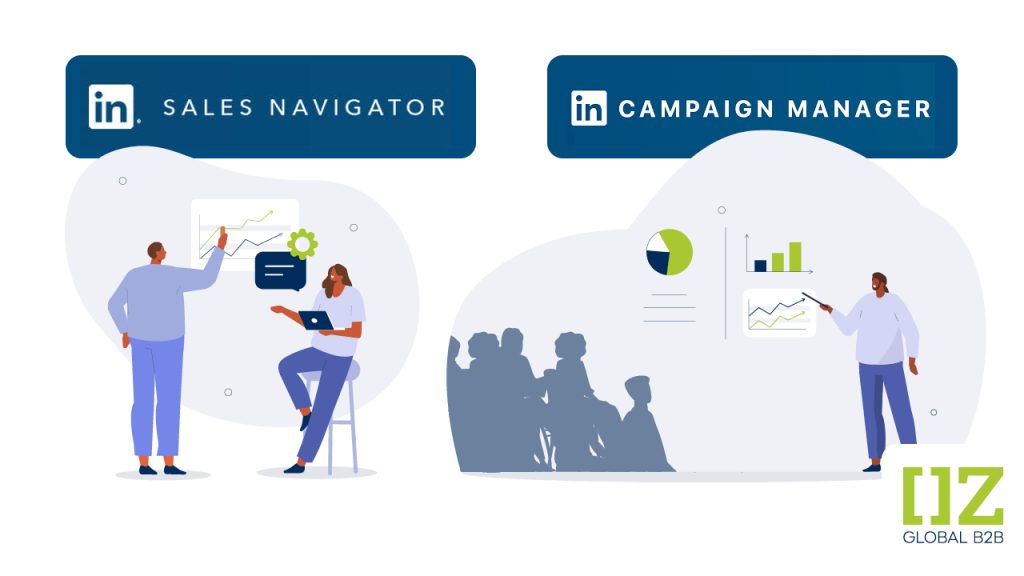 On LinkedIn, there are two primary types of users. The first group is known as "active users" and they exhibit a high level of engagement on the platform, such as performing searches, interacting with content, and sharing posts. These users also typically stay on top of their inbox and respond to relevant messages. These active users can be effectively targeted through an awareness campaign, followed by account-based marketing efforts.
The second main group of LinkedIn users are referred to as "basic users." These users tend to have a more limited level of activity on the platform, mostly just scrolling through their feed. They are less likely to respond to private messages. These basic users can be targeted through professional lead generation campaigns that will catch their attention while they are scrolling through their feed, with the use of an appealing message and creative content.
It is important to note that there are other types of users who fall somewhere between active and basic user, and by combining efforts of ABM with lead generation it will help in effectively reaching out to all types of users, with the right format and message.
In conclusion, account-based marketing and lead generation are both powerful strategies for generating revenue and boosting ROI. While they have their own unique benefits, it's important to understand how they can be used together to achieve optimal results. By using a targeted ABM approach in conjunction with a broad-based demand generation campaign, marketers can achieve their pipeline and revenue goals by capturing the attention of the right accounts and signing up new customers.
For more info and questions contact us.
On LinkedIn, there are two primary types of users. The first group is known as "active users" and they exhibit a high level of engagement on the platform, such as performing searches, interacting with content, and sharing posts. These users also typically stay on top of their inbox and respond to relevant messages. These active users can be effectively targeted through an awareness campaign, followed by account-based marketing efforts.
The second main group of LinkedIn users are referred to as "basic users." These users tend to have a more limited level of activity on the platform, mostly just scrolling through their feed. They are less likely to respond to private messages. These basic users can be targeted through professional lead generation campaigns that will catch their attention while they are scrolling through their feed, with the use of an appealing message and creative content.
It is important to note that there are other types of users who fall somewhere between active and basic user, and by combining efforts of ABM with lead generation it will help in effectively reaching out to all types of users, with the right format and message.
In conclusion, account-based marketing and lead generation are both powerful strategies for generating revenue and boosting ROI. While they have their own unique benefits, it's important to understand how they can be used together to achieve optimal results. By using a targeted ABM approach in conjunction with a broad-based demand generation campaign, marketers can achieve their pipeline and revenue goals by capturing the attention of the right accounts and signing up new customers.
For more info and questions contact us.


















